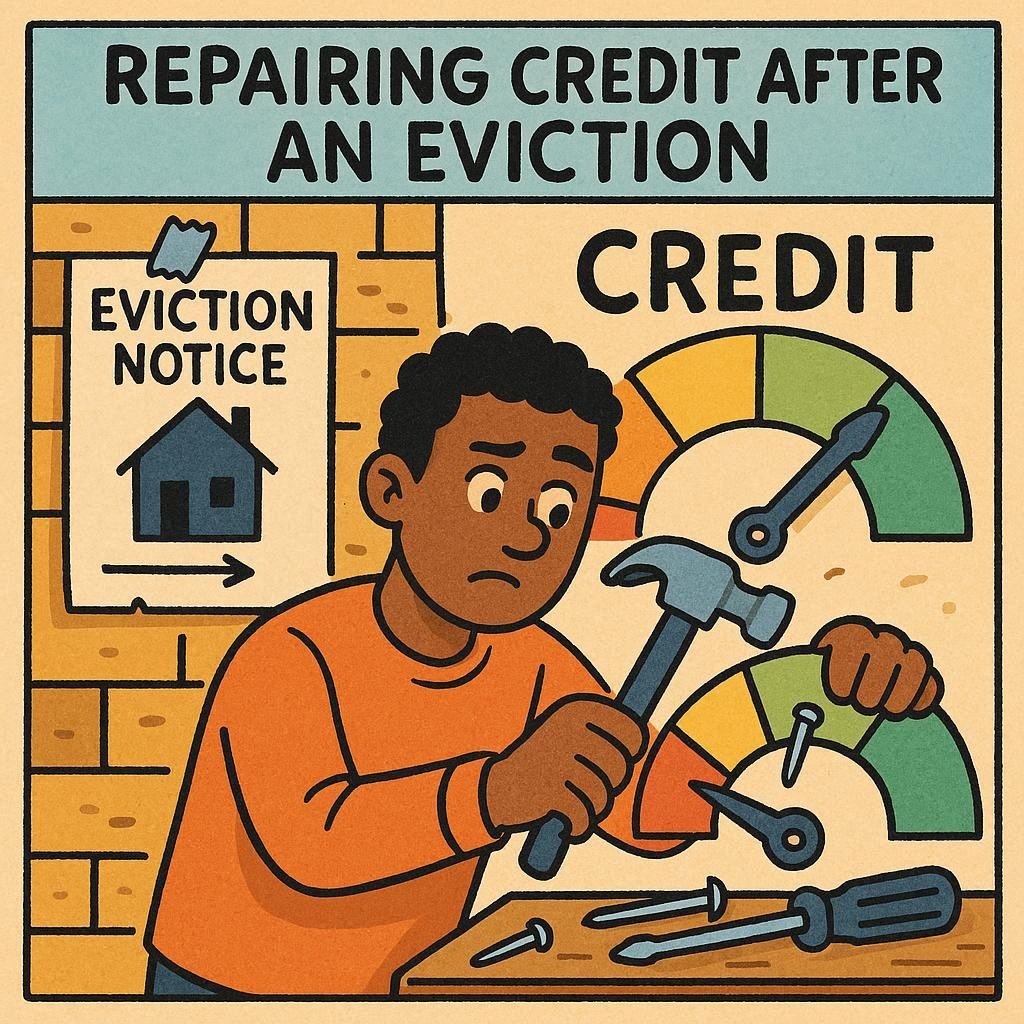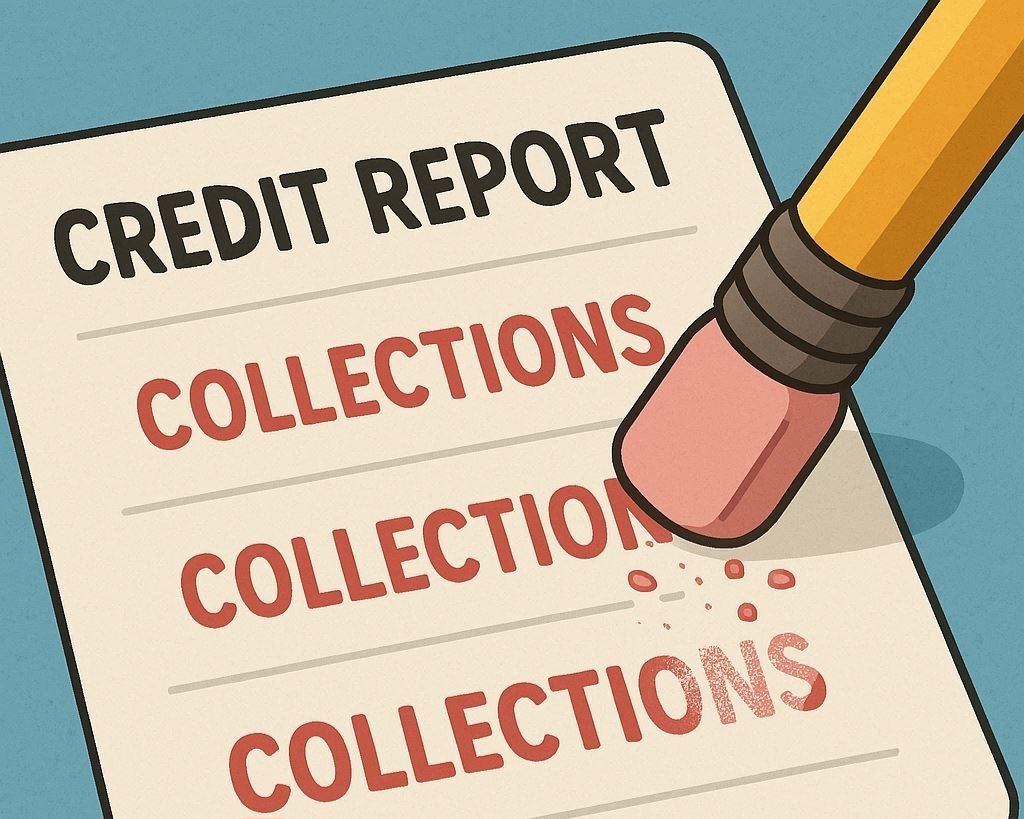Having an eviction on your record can feel like a one-way ticket to rental and credit trouble — but it doesn’t have to define your financial future. This guide walks through practical, legal, and SEO-friendly steps on credit repair for evictions. The main idea is to remove errors when possible, and rebuild your profile so landlords and lenders look at you differently.
1. Know what’s on your report (and what counts)
“Eviction” can appear in different ways: a public-records eviction judgment, a collection from a landlord or property manager, or a tenant-screening report. Pull your three credit reports from Experian, Equifax, and TransUnion and look for:
- Public records (eviction judgments, court filings)
- Collections or balance owed to a former landlord
- Rental-screening reports (different from credit bureaus)
2. Document everything — receipts, leases, court records
Gather the lease, move-out inspection notes, any correspondence with the landlord, payment records, and court documents. If you have proof you paid rent, or that the landlord didn’t follow proper eviction procedures, those documents are your strongest tools when disputing records.
3. Dispute inaccurate or incomplete entries — one at a time
If a credit report shows incorrect dates, amounts, or a judgment that never happened, file a dispute with the credit bureau that lists the item. Do it in writing and attach copies (never send originals). Keep each dispute focused on one issue — that makes the process cleaner and faster.
Quick dispute letter template (short):
“I am writing to dispute the eviction judgment listed on my [report name] dated [date]. The documentation I enclose (lease, payment records, court disposition) shows this account is incorrect because [brief reason]. Please investigate and remove or correct this item.”
4. If the debt is valid — negotiate, document, and get it in writing
Valid balances can sometimes be settled. Contact the landlord or collection agency to negotiate a payment plan or lump-sum settlement. If they agree to settle for less, ask for a written agreement that describes the amount, payment terms, and whether they will update the account status to “paid” or remove the listing (a “pay-for-delete” is rare but worth attempting).
5. Understand limitations: what can and can’t be removed
Accurate eviction judgments and truthful collection listings can remain on reports for a set period (typically seven years for many credit items). What you can influence is accuracy, status (paid vs unpaid), and the presence of duplicate or misattributed records. For federal guidance on credit reports and disputes, check the Consumer Financial Protection Bureau for consumer tools and sample letters.
Consumer Financial Protection Bureau — Credit reports & scores
6. Fix tenant-screening reports and background checks
Tenant screening companies and civil court records can be separate from credit bureaus. If a rental screening report contains incorrect eviction data, contact the screening company directly to dispute it. If court records are wrong, contact the clerk’s office to correct filings; sometimes clerks can help remove clerical errors faster than credit bureaus.
7. Rebuild your credit with predictable, reliable moves
- Bring accounts current where possible; paid collections are better than unpaid.
- Use a secured credit card or credit-builder loan and make every payment on time.
- Ask current landlord to report on-time rent to the bureaus (some services do this for a fee).
- Keep credit utilization low — don’t max cards while rebuilding.
8. Monitor regularly and keep a dispute log
After you dispute or settle, monitor reports monthly until items are corrected. Keep a simple spreadsheet with dispute dates, the bureau you contacted, copies of letters, and responses received. This helps if a bureau fails to update and you need to escalate.
9. When to consider professional help
If court judgments are complex, records are tangled between multiple landlords, or you suspect illegal reporting, a consumer-protection attorney or reputable credit-repair company can help — but choose carefully. Ask any company for a clear plan, references, and avoid firms promising guaranteed removals.
10. Final checklist — what to do this week
- Order your three credit reports and identify eviction items.
- Collect lease, receipts, and court papers into one PDF folder.
- File a dispute for each inaccurate item (one issue per dispute).
- Contact landlord/collector to negotiate written settlement if balance is valid.
- Start a secured card or credit-builder loan and set autopay.
Evictions are damaging and credit repair for evictions can be tough — but they’re also fixable in many cases. Accuracy, documentation, and consistent positive credit actions are your best tools.





